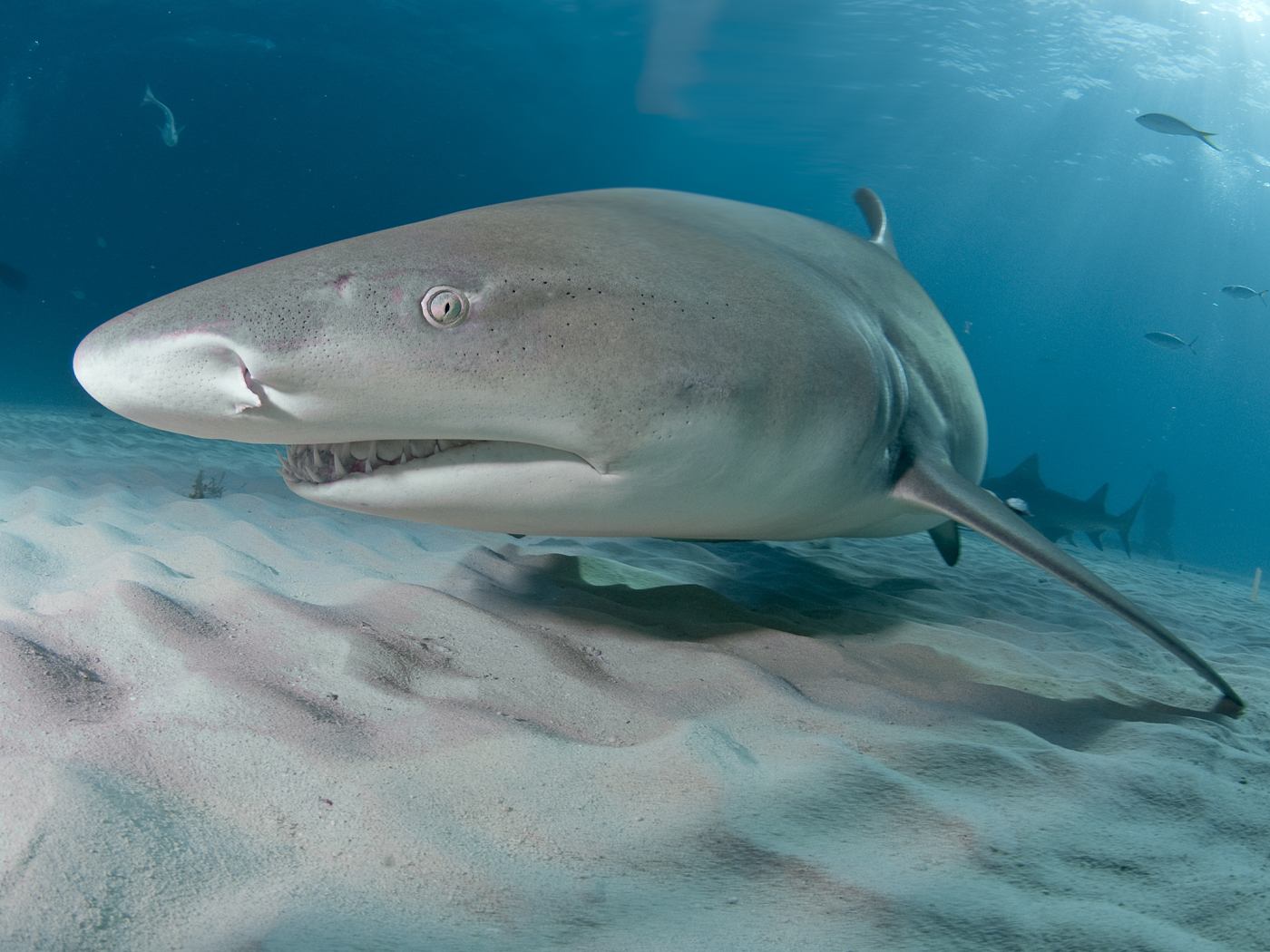Plant leaves convert light into chemical energy for use in cells. Their biochemistry specifically absorbs the blue and red areas of the visible light spectrum. Now researchers have discovered that light-harvesting bacteria living on the surfaces of leaves gather energy from the green part of the spectrum, meaning that they cooperate rather than compete with plants. How did this perfectly balanced energy-sharing system come about?
Knowing that light-harvesting microbes live in aquatic environments, the researchers tested the hypothesis that similar bacteria live on leaves. They were right. And the light that the microbes gather was "compatible with the plant's photosynthesis," resulting in "a significant ecological advantage to microbes inhabiting this environment."1 In other words, bacteria take full advantage of all the green light that plants don't use.
In a study published online in Environmental Microbiology, the research team screened genetic material from the surfaces of different leaves harvested from an oasis near the Dead Sea. They found genetic codes for specific types of rhodopsins, which are molecules that capture light. Some enable sight in vertebrate eyes, but many of the rhodopsins found on leaf surfaces were part of light-gathering apparatuses used by bacteria as tiny energy generators called "light-driven proton pumps."1
The researchers found that the bacteria absorb the most light at exactly the same point where plants absorb no light. This way, more plant growth cooperatively provides more living space and fuel for the bacteria.
Charles Darwin proposed that natural selection developed all living systems through a "struggle for life."2 He imagined that competition between creatures built new biological structures to make them more fit to survive. But the specific biochemicals of these plants and bacteria enable them to cooperate without competing.3
Not only does the sharing of ecosystem resources between these species—as between plants and animals—indicate design,4 but the ingenious machinery required to capture and convert light into useful cellular energy points to an Engineer of surpassing brilliance.5
This was emphasized by yet another observation. The researchers found that the bacteria use some of their rhodopsins as light sensors so they can most effectively use the energy available to them. "This suggests that microorganisms in the phyllosphere [leaf surfaces] are intensively engaged in light sensing, to accommodate the effects of fluctuations in light quality, intensity and UV radiation at the leaf surface," according to the study authors.1
Both the tiny interlocking parts of biochemical energy machines and the interlocking purposes of totally different co-existing organisms show that life was designed by a divine Genius.
References
- Atamna-Ismaeel, N. et al. Microbial rhodopsins on leaf surfaces of terrestrial plants. Environmental Microbiology. Published online before print September 1, 2011.
- Darwin, C. 1859. On the Origin of Species by Means of Natural Selection: or The Preservation of Favoured Races in the Struggle of Life. New York: D. Appleton and Company.
- Mackay, J. Leaves and Microbes Share the Light. Evidence News. Creation Research. Posted on evidenceweb.net November 16, 2011, accessed November 29, 2011.
- Demick, D. 2000. The Unselfish Green Gene. Acts & Facts. 29 (7).
- Swindell, R. 2002. Shining Light on the Evolution of Photosynthesis. Journal of Creation (formerly TJ). 17 (3): 74-84.
* Mr. Thomas is Science Writer at the Institute for Creation Research.
Article posted on December 6, 2011.













